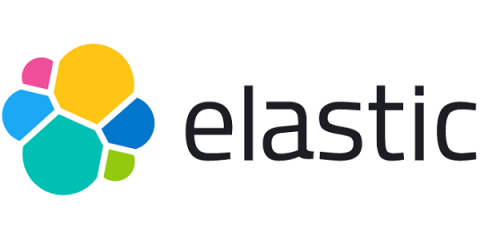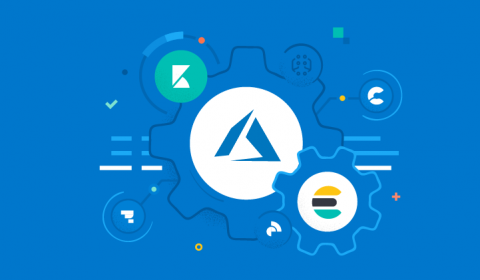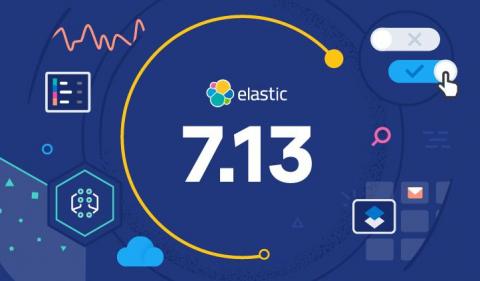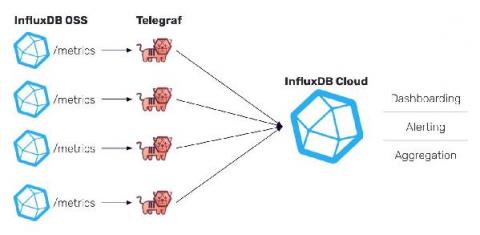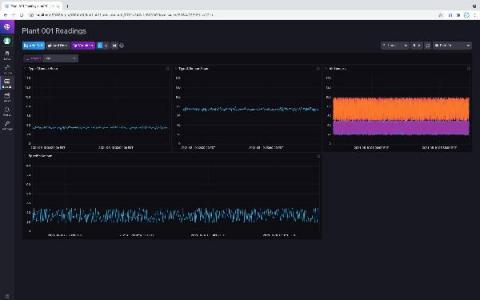Why Elasticsearch is an indispensable component of the Adyen stack
At Adyen, we use Elasticsearch to power various parts of our payments platform. This includes payment search, monitoring, and log search. Let’s take a look at how we use Elastic for these different use cases and see how we capitalize on the power of Elasticsearch. We recently did a talk about some of our Elasticsearch adventures at an Elastic meetup. You can find a recording here.


